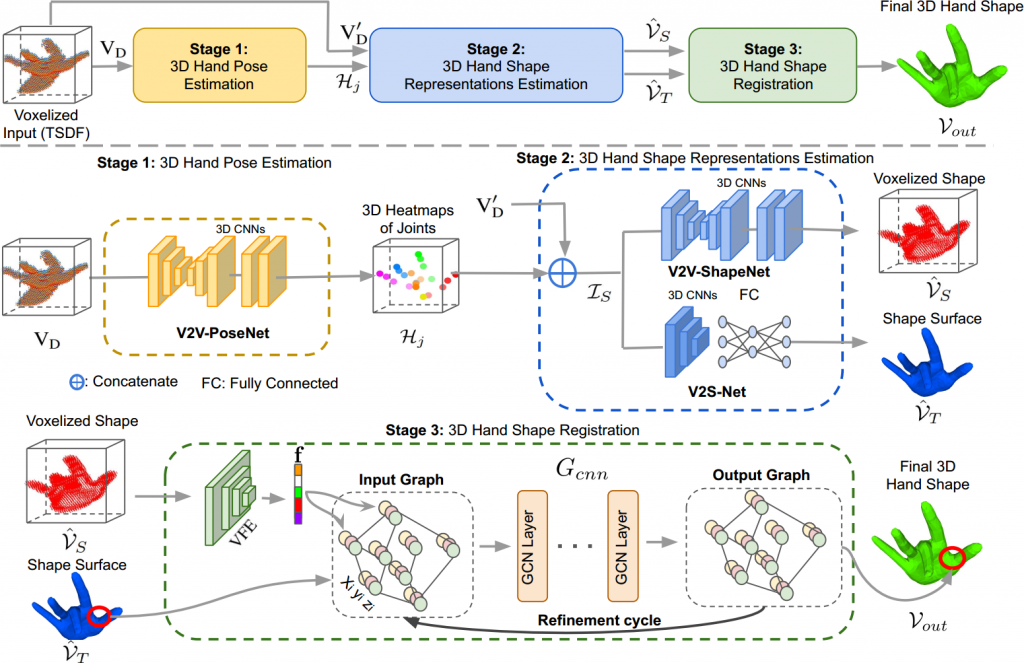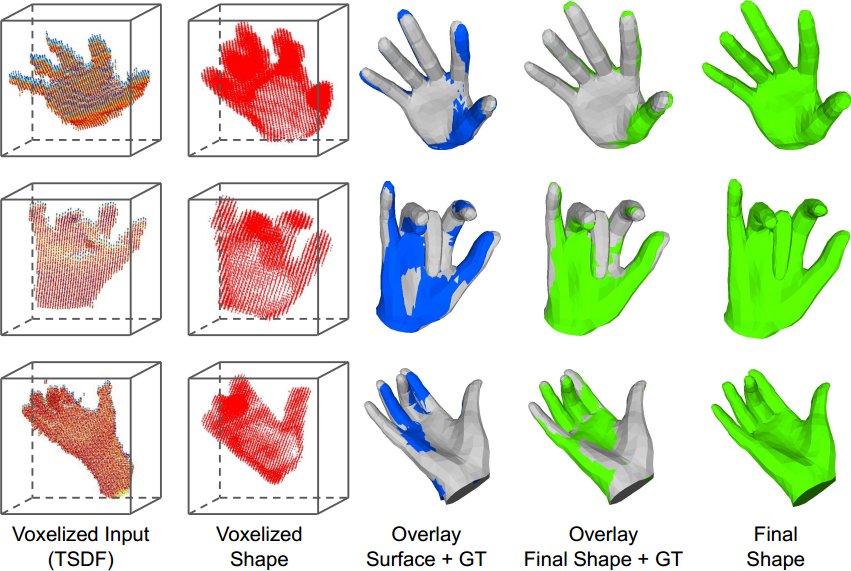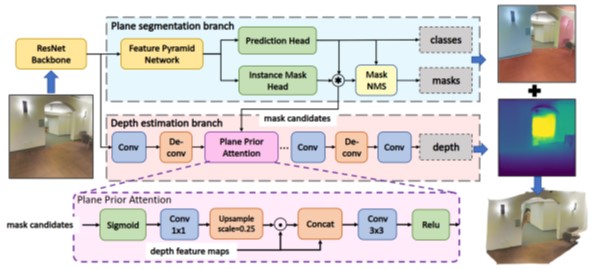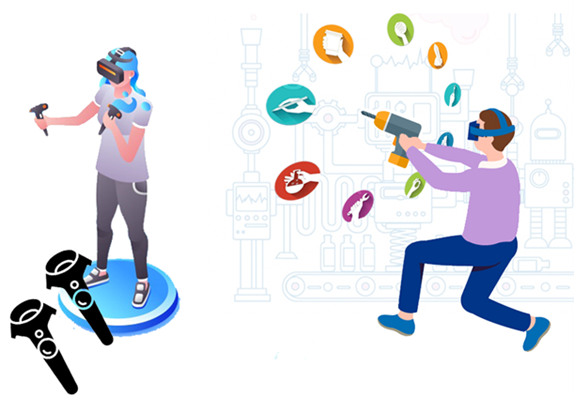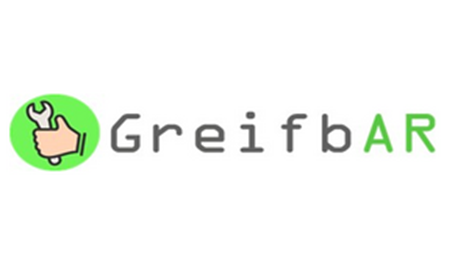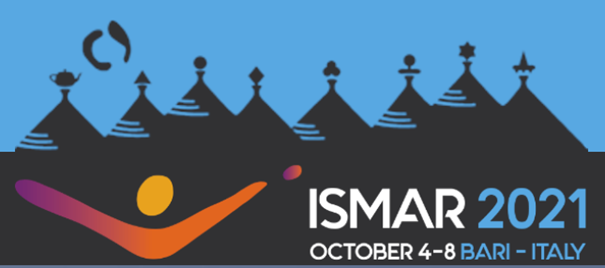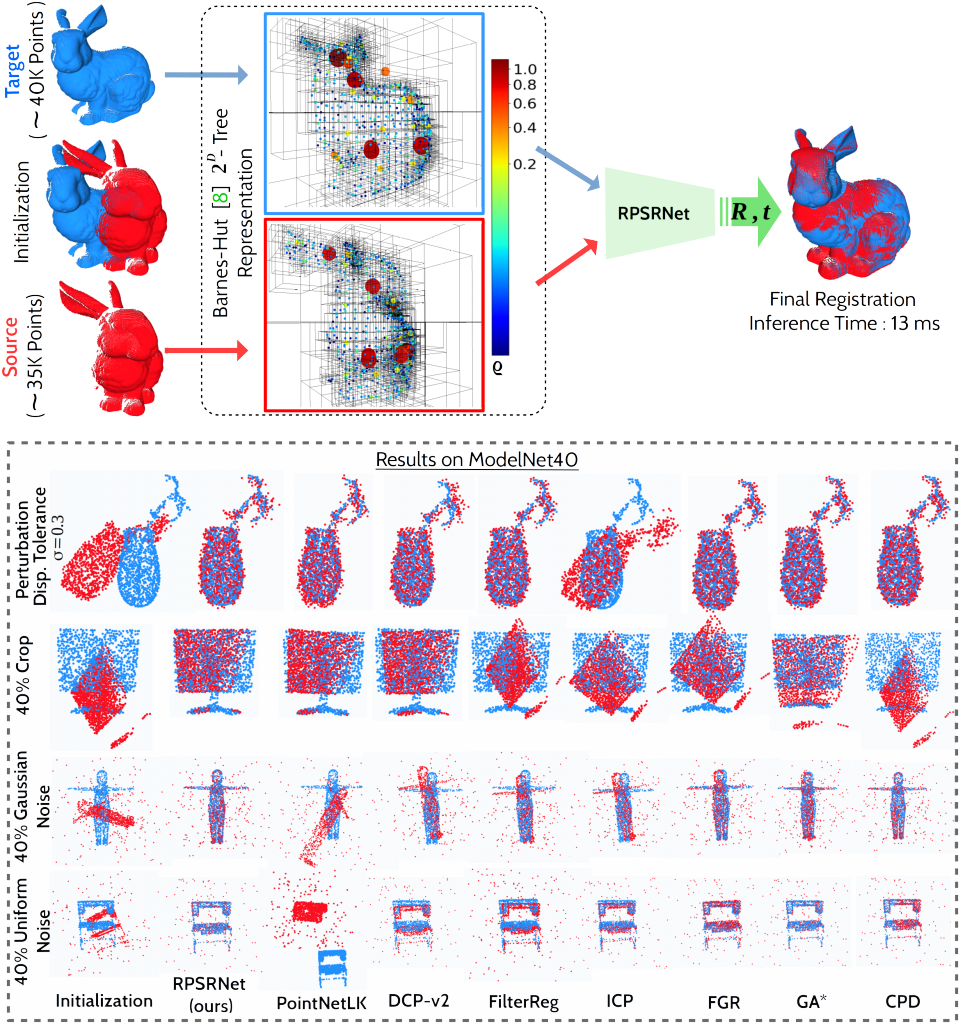We are happy to announce that the Augmented Vision group will present two papers in the upcoming CVPR 2022 Conference from June 19th-23rd in New Orleans, USA. The IEEE/CVF Computer Vision and Pattern Recognition Conference (CVPR) is the premier annual computer vision event internationally. Homepage: https://cvpr2022.thecvf.com/
The two accepted papers are:
- ZebraPose: Coarse to Fine Surface Encoding for 6DoF Object Pose Estimation
Yongzhi Su, Mahdi Saleh, Torben Fetzer, Jason Raphael Rambach, Nassir Navab, Benjamin Busam, Didier Stricker, Federico Tombari
Summary: ZebraPose sets a new paradigm on model-based 6DoF object pose estimation by using a binary object surface encoding to train a neural network to predict the locations of model vertices in a coarse to fine manner. ZebraPose shows a major improvement over the state-of-the-art on several datasets of the BOP Object Pose Estimation benchmark.
Contact: Yongzhi Su, Dr. Jason Rambach

- SOMSI: Spherical Novel View Synthesis with Soft Occlusion Multi-Sphere Images
Tewodros A Habtegebrial, Christiano Gava, Marcel Rogge, Didier Stricker, Varun Jampani

Summary: We propose a novel Multi-Sphere Image representation called Soft Occlusion MSI (SOMSI) and efficient rendering technique that produces accurate spherical novel-views from a sparse spherical light-field. SOMSI models appearance features in a smaller set (e.g. 3) of occlusion levels instead of larger number (e.g. 64) of MSI spheres. Experiments on both synthetic and real-world spherical light-fields demonstrate that using SOMSI can provide a good balance between accuracy and run-time. SOMSI view synthesis quality is on-par with state-of-the-art models like NeRF, while being 2 orders of magnitude faster.
For more information, please visit the project page at https://tedyhabtegebrial.github.io/somsi
Contact: Tewodros A Habtegebrial

